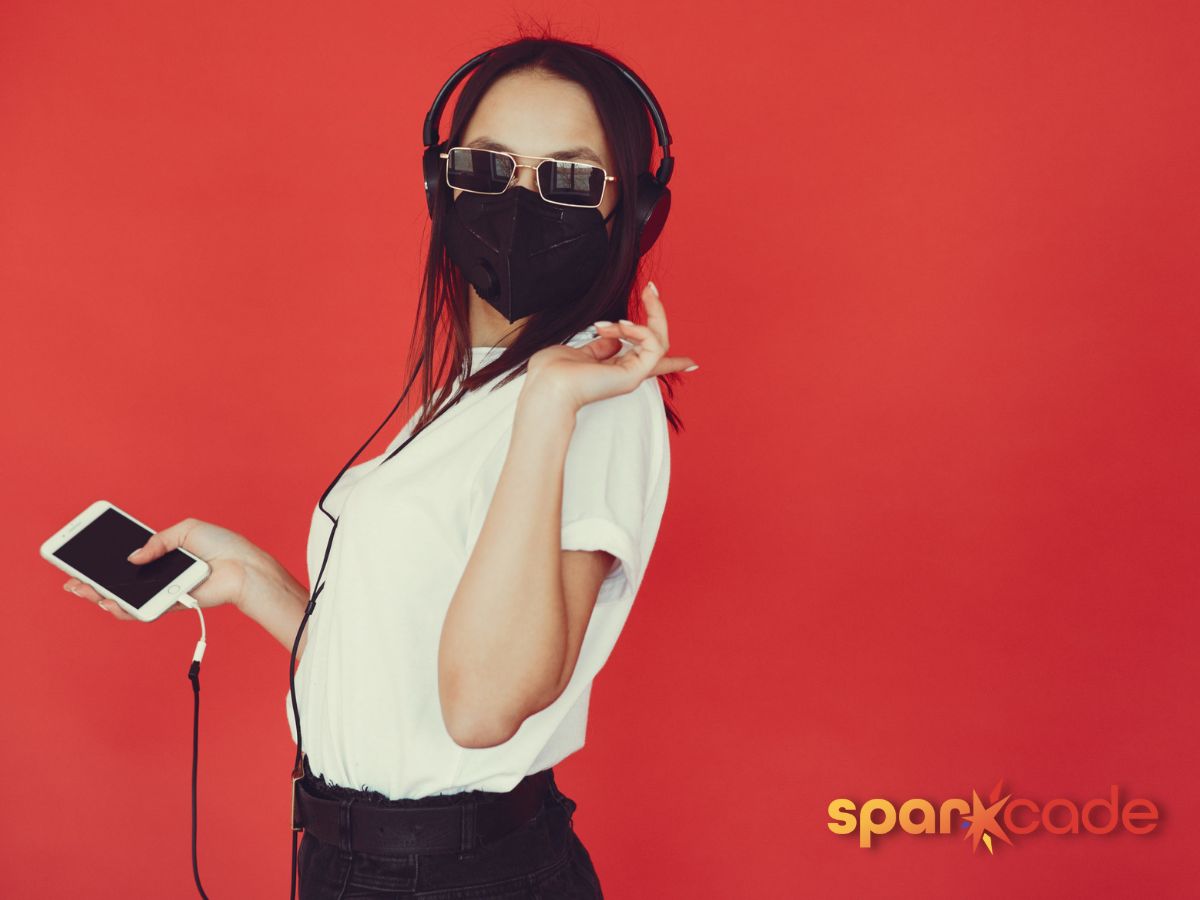Over recent years, it’s been no secret that podcasting has been an explosive force in the digital media industry, as production and listenership continue increasing at impressive rates. But even the most experienced digital marketing soothsayers couldn’t have predicted 2020’s coronavirus curveball and the impact it’s had on … well … pretty much everything. When it comes to podcasts and the pandemic, what does that impact look like?
While many areas of life — from job security, to finances, to personal leisure activities — have undoubtedly been affected in negative ways by COVID-19, the impact on podcasting is far less straightforward. Though podcasting may look different right now, podcasters and podcast listeners alike are making adjustments in their practices and habits that may change the industry forever … long after the pandemic comes to an end.
Let’s take a closer look at podcast listenership and production during this unprecedented time … as well as the opportunities that exist for podcasters as a result of this unique situation.
Podcast Listeners
When considering the changes in overall podcast listenership, it’s important to first take a look at podcast listenership in pre-pandemic days. According to Edison Research, 104 million Americans over the age of 12 (37%) were listening to podcasts monthly during the first two months of 2020. Meanwhile, 68 million — 24% — were listening weekly, for an average of 6 hours and 39 minutes per week.
These statistics were published at the end of March, at which point the impact of coronavirus became more evident on daily life. Since then, how have things changed?
At first, it seemed that podcast listenership was going to steadily decline. In the early weeks of working-from-home, people weren’t listening during their morning and evening commutes — because they weren’t commuting (AdExchanger). But since then, things have begun to level out, though not entirely.
Whether your podcast listenership has increased or decreased during the pandemic likely depends largely on your podcast’s topic or category. In the U.S., the following podcast categories are seeing increased listenership (via Voxnest. Updated July 2022 via marketingcharts.com):
- Design
- Food
- Music Interviews
- Medicine
- Music History
The pandemic has done more than just affect the number of people listening to podcasts: it’s also changed the way in which people are listening. According to data by Acast, more and more people are consuming podcasts via smart speakers such as Chromecast (+35%), Amazon’s Alexa (26%), and Sonos (27%).
As we keep riding out the waves of the pandemic — along with all its twists and turns — podcast listenership trends are likely to continue changing. Though we may not be able to get a full picture while we’re in the thick of it, podcasters should pay close attention in order to strategically produce their shows over the coming months.
Podcast Producers
Podcast listenership isn’t the only thing changing as a result of COVID-19. In fact, more people seem to be interested in trying their hands at their own shows. According to the CEO of Acast in an interview with TechCrunch, signups for the Acast podcasting platform increased 49% month-over-month in March.
“What we’re seeing now is an opportunity for people to discover podcasting as a medium. And once you discover it, you stick with it.” — Ross Adams, CEO of Acast.
For those who aren’t new to podcasting, the pandemic likely introduced some unique challenges to previous workflows. Recording shows in person with your co-hosts and any guests likely doesn’t adhere to lockdown orders and social-distancing mandates. For that reason, many podcasters have turned to remote podcast-hosting software such as Squadcast. While it’s a good alternative, a lack of professional-quality audio, especially from podcast guests, likely makes the editing process more time-consuming.
And what about if your recording studio is set up away from home — like our Sparkcade Podcast Studio at the Iron District? That’s a lot of equipment we weren’t able to utilize during those long weeks at home.
Speaking of equipment: the more people starting podcasts, the more difficult it is to purchase your podcast tech gadgets. Increased demand along with disruptions to the supply chains of retailers such as Best Buy and Amazon means you could be waiting quite a while before you’re able to get what you need.
Trust us … we’ve had our eye on this mixing board from Amazon for the past several weeks.
Finding the Opportunities
While not much may feel secure about the world right now, there is plenty of reason to remain optimistic about podcasting — even during a pandemic.
The good news is that podcast listeners haven’t stopped listening. Their habits may be different, but they’re still there. And as more and more consumers turn to audio, they’re likely to remain hooked.
Not only are everyday Americans looking toward podcasts during the pandemic. Advertisers have already taken notice of the shift to audio. And despite the small dip in listenership during the early pandemic days, podcast advertisers continue spending.
One of the areas in which podcasts are most poised for growth, though, are corporations. With employees all working from home, a company podcast is an easy and cost-effective option for distributing information on a large scale — in a way that also feels personal.
At Sparkcade, we have experience in launching and running both media and company-branded shows for a variety of clients. Whatever your goal for your podcast, your second player is ready to join in.


[…] during the pandemic, more shows are turning toward remote recording. The show will likely give you instructions about […]